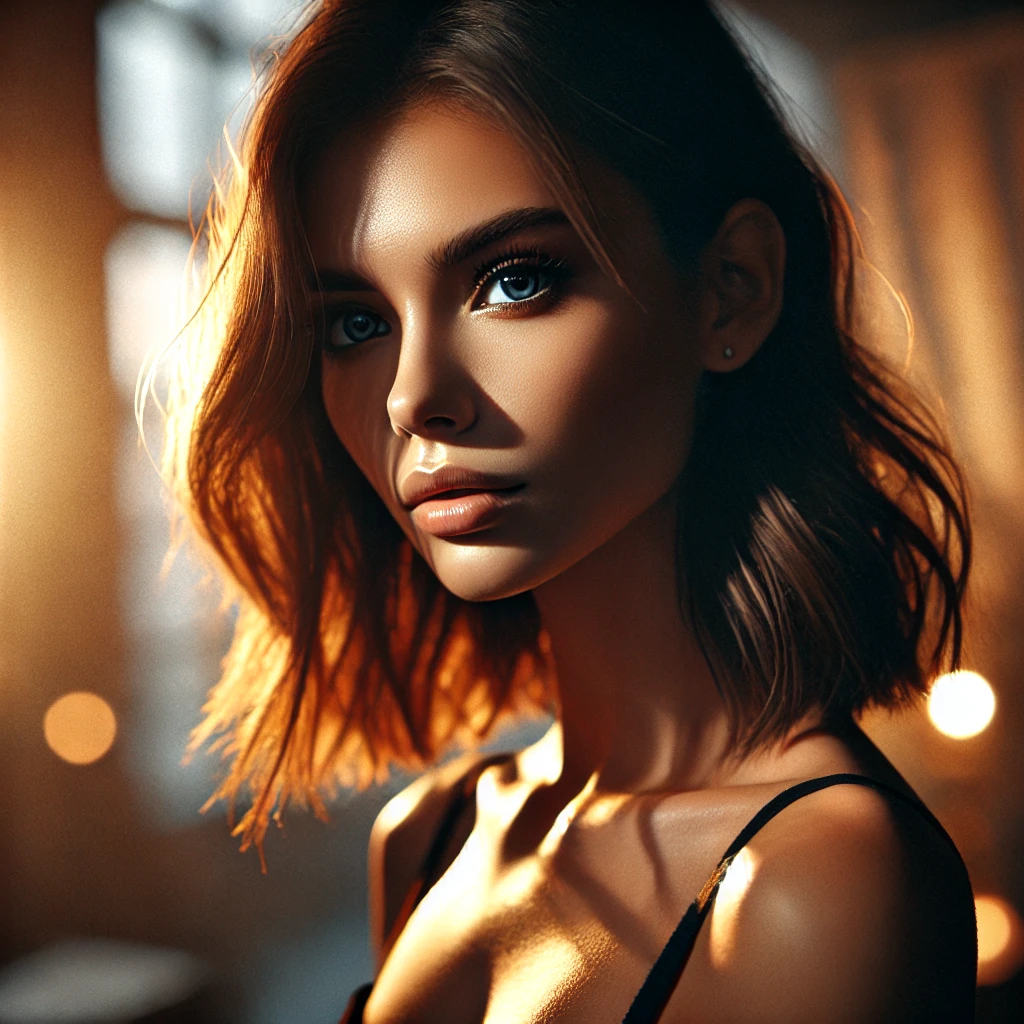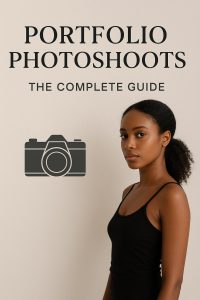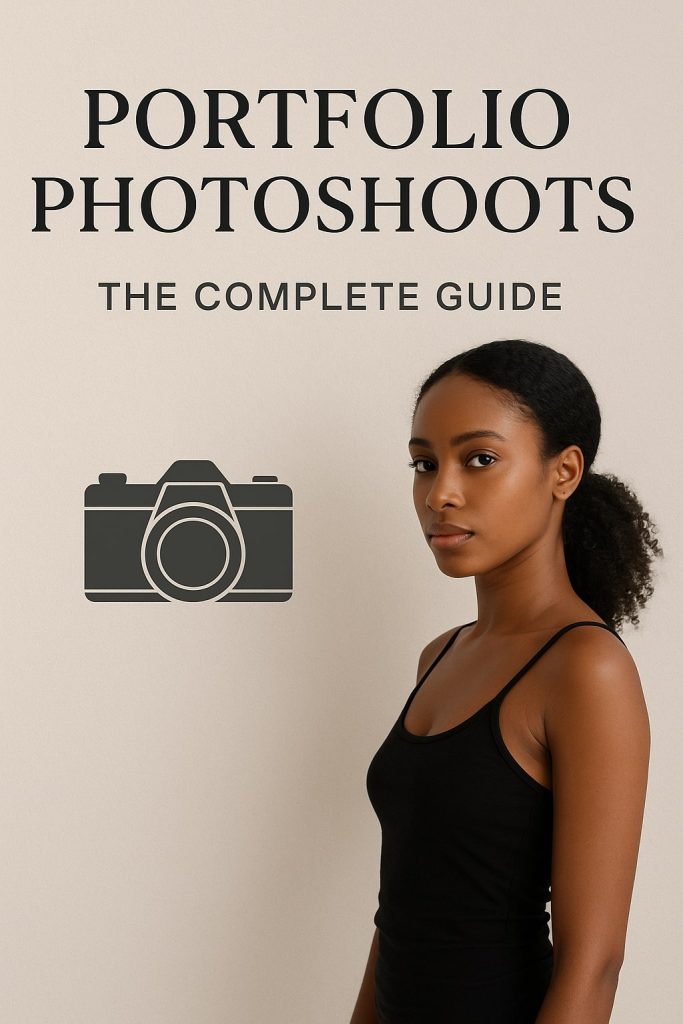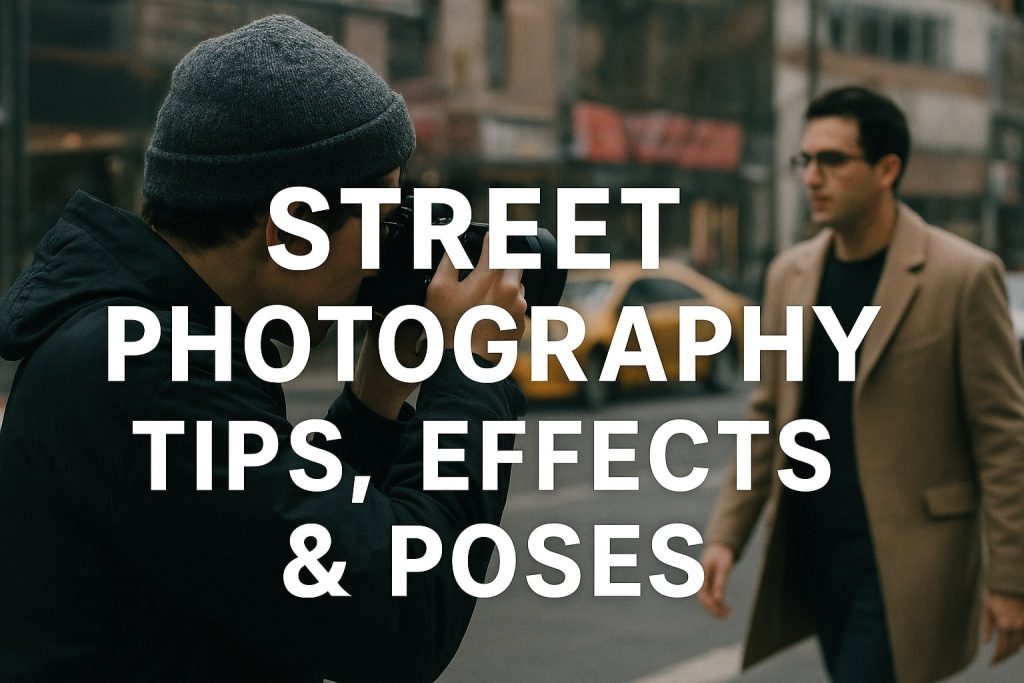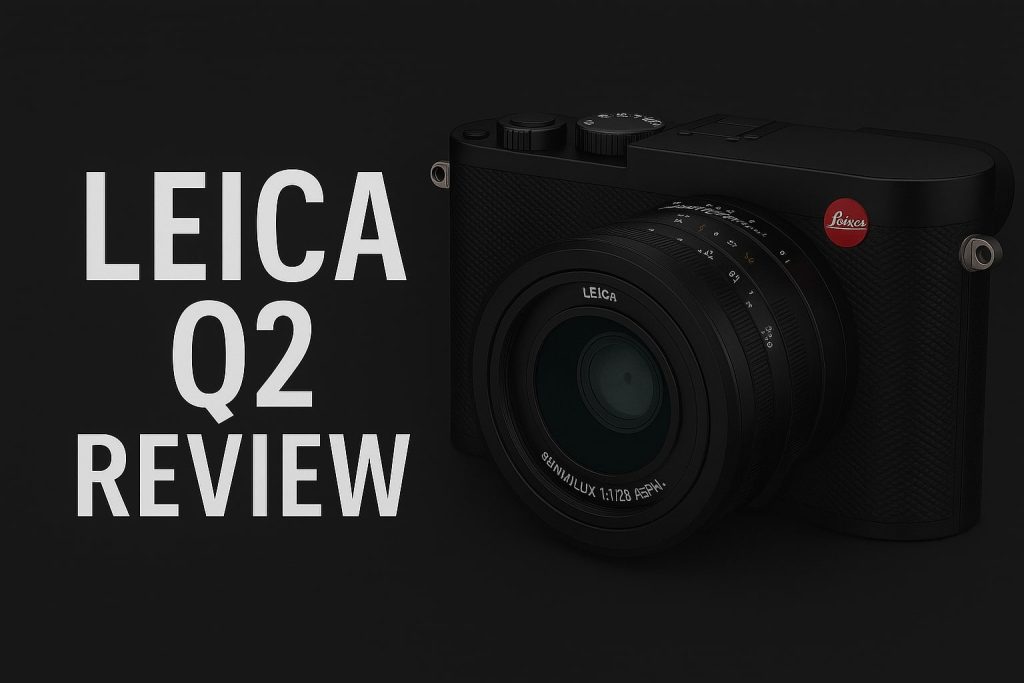Cinematic portraits capture emotion, depth, and storytelling elements through dramatic lighting, composition, and color. Using natural light effectively can elevate your portraits to a professional level. Whether you’re shooting in golden hour or using window light, understanding how to manipulate light and shadows will help you create stunning cinematic portraits.
Understanding Cinematic Portraits
Cinematic portraits are characterized by their dramatic lighting, film-like color tones, and storytelling composition. Unlike traditional portrait photography, which often prioritizes clarity and even lighting, cinematic portraits embrace shadows, highlights, and depth to evoke emotion.
Key Elements of Cinematic Portraits:
- Dramatic Lighting – Using natural light creatively to add contrast and depth.
- Storytelling Composition – Arranging elements in the frame to enhance narrative impact.
- Color Grading – Adjusting hues and tones to mimic film aesthetics.
- Depth of Field – Blurring backgrounds to keep focus on the subject.
Best Natural Light Sources for Cinematic Portraits
1. Golden Hour
The golden hour occurs shortly after sunrise and before sunset, producing soft, warm, and directional light.
- Benefits: Warm tones, soft shadows, flattering light.
- Best Practices: Position the subject slightly against the light for a halo effect.
2. Blue Hour
The blue hour happens right before sunrise and after sunset, casting a cool, moody tone.
- Benefits: Deep, atmospheric colors.
- Best Practices: Adjust white balance to retain the cinematic look.
3. Window Light
Indoor natural light is perfect for controlled cinematic portraits.
- Benefits: Diffused, soft light for natural shadows.
- Best Practices: Use curtains or reflectors to shape the light.
4. Overcast Days
Cloudy skies act as a giant softbox, reducing harsh shadows.
- Benefits: Even lighting without strong contrasts.
- Best Practices: Enhance mood by adding contrast in post-production.
Camera Settings for Cinematic Portraits
1. Aperture
- Use wide apertures (f/1.2 – f/2.8) for shallow depth of field and beautiful background blur.
2. Shutter Speed
- Keep shutter speed above 1/200s to avoid motion blur.
3. ISO
- Use the lowest ISO possible (ISO 100-400) to maintain image quality.
4. White Balance
- Adjust for natural skin tones; use warm tones for golden hour and cool tones for blue hour.
Composition Techniques for Cinematic Portraits
1. Rule of Thirds
Place the subject off-center to create a balanced, engaging composition.
2. Leading Lines
Use natural lines (roads, shadows, railings) to guide the viewer’s eye to the subject.
3. Negative Space
Leaving empty space around the subject adds mood and drama.
4. Foreground Elements
Blurring foreground objects adds depth and a cinematic touch.
How to Work with Natural Light
1. Backlighting
Positioning the light source behind the subject creates a dreamy glow.
- Best Used: During golden hour.
- Tips: Use a reflector to bounce light onto the subject’s face.
2. Side Lighting
Adding depth by lighting only one side of the subject’s face.
- Best Used: Window light, open shade.
- Tips: Adjust exposure to maintain detail in shadows.
3. Rim Lighting
A thin highlight outlining the subject’s shape.
- Best Used: Against a dark background.
- Tips: Slightly underexpose to enhance the effect.
Color Grading for Cinematic Portraits
1. Warm and Moody
Ideal for golden hour shots, using amber and brown hues.
2. Cool and Dramatic
Best for blue hour and overcast conditions, incorporating blue and teal tones.
3. Film Emulation
Replicating classic film stocks like Kodak Portra for a nostalgic feel.
Essential Post-Processing Techniques
1. Contrast and Shadows
Enhancing depth by adjusting the contrast slider in Lightroom or Photoshop.
2. Selective Color Editing
Fine-tune skin tones while maintaining the cinematic look.
3. Vignette and Grain
Adding a slight vignette and grain for a film-like effect.
Tips for Capturing Emotion in Cinematic Portraits
1. Directing the Subject
- Use storytelling prompts instead of static poses.
- Encourage natural movement.
2. Capturing Candid Moments
- Shoot between posed moments to get natural expressions.
3. Using Props and Environment
- Incorporate elements that add to the subject’s story.
Conclusion
Mastering cinematic portraits with natural light requires a combination of understanding light, composition, and post-processing techniques. By experimenting with different lighting conditions, compositions, and camera settings, you can create breathtaking cinematic portraits that evoke emotion and tell compelling stories.
Are you ready to capture cinematic portraits like a pro? Let us know your favorite techniques or share your shots with us!
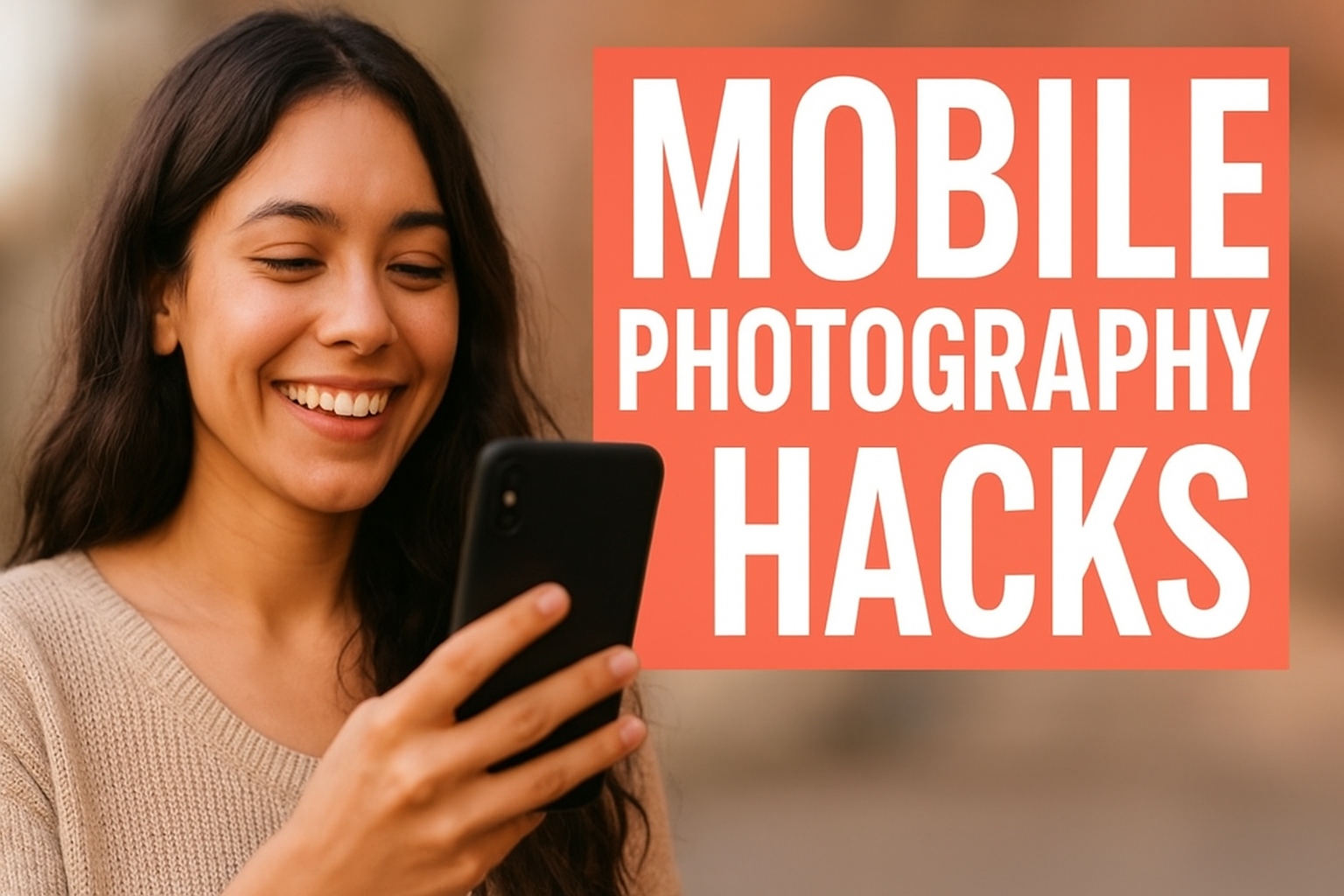
Mobile Photography Hacks: Candid Moments with Your Phone
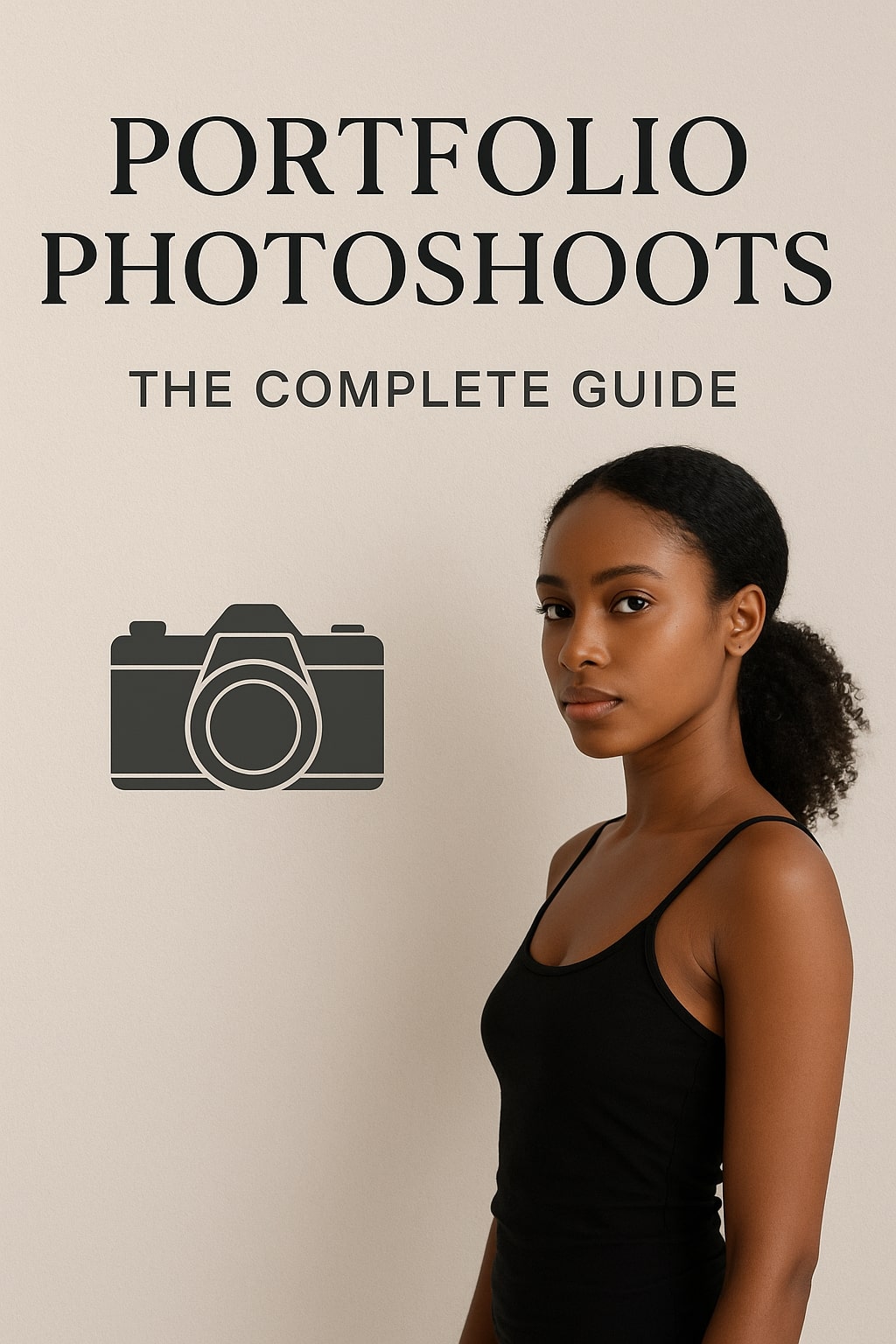
Professional Model & Portfolio Photoshoots: Show Your Best Work
-
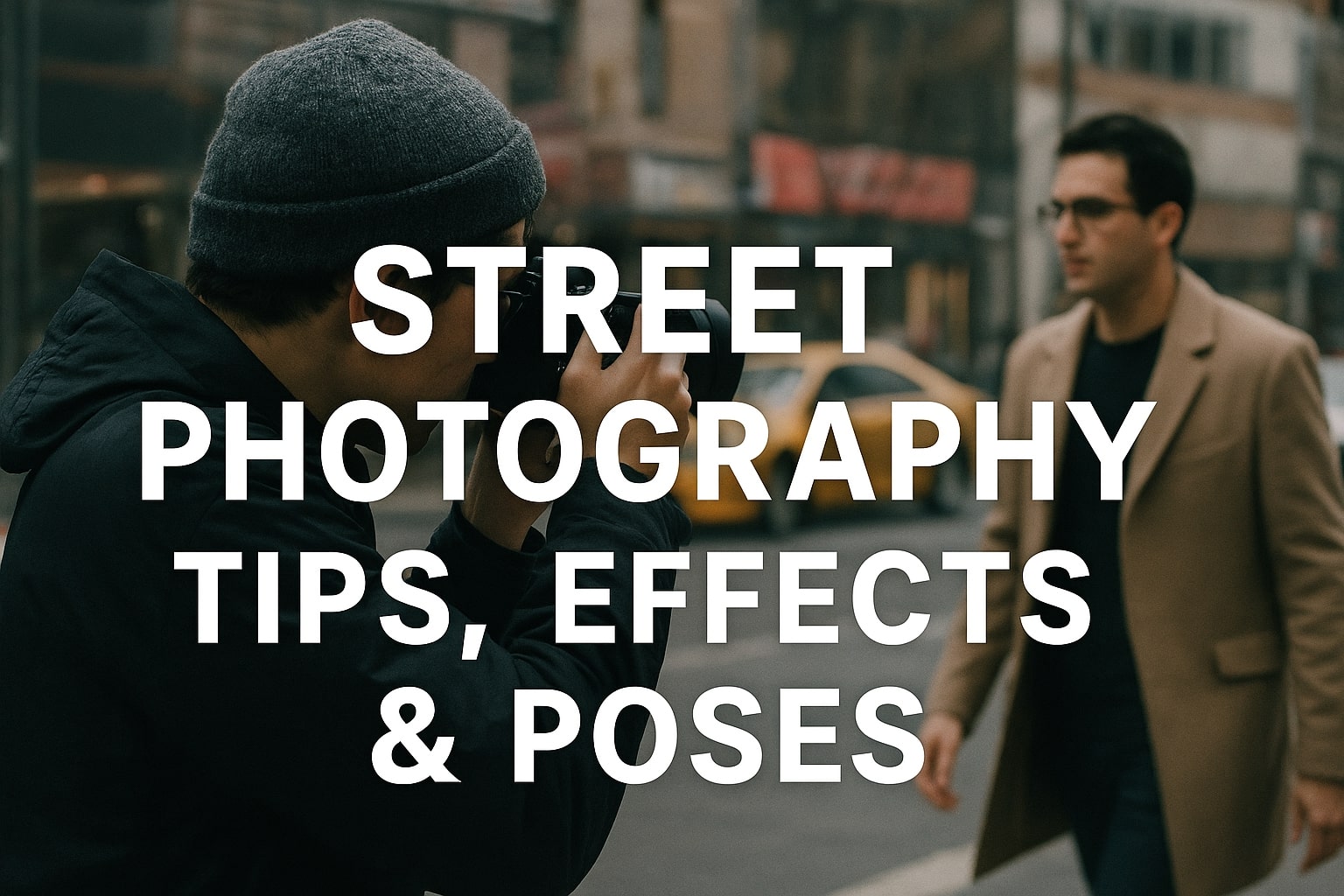
Street Photography Tips, Effects & Poses – Complete Guide
-
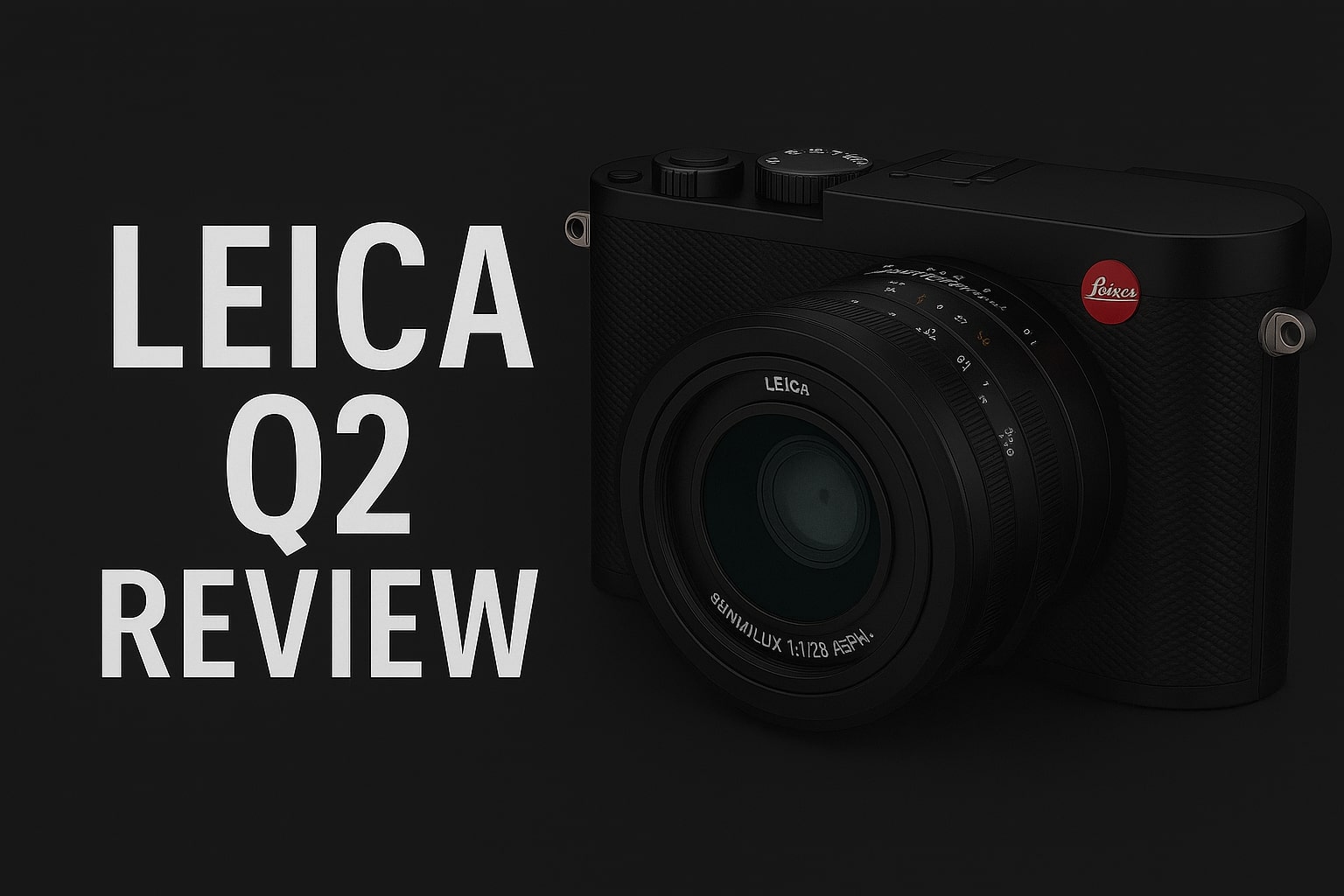
Leica Q2 for Photography: Why It’s Loved by Photographers
Mobile Photography Hacks: Candid Moments with Your Phone
Discover high-impact mobile photography hacks to capture genuine, gorgeous candid moments with your phone. Learn practical tips, composition secrets, and pro techniques to turn everyday scenes into stunning visual stories. Introduction: The New Age of Mobile Photography Photography has evolved beyond heavy cameras, technical jargon, and expensive equipment. Today, the power to capture extraordinary moments
Professional Model & Portfolio Photoshoots: Show Your Best Work
” Discover how to plan, style, and execute stunning portfolio photoshoots that showcase your skills, personality, and versatility. This comprehensive guide covers professional tips, posing ideas, gear suggestions, and industry insights for models and photographers.” Introduction – Why Portfolio Photoshoots Are the Cornerstone of a Photographer’s Career A well-crafted portfolio photoshoot is more than a
Street Photography Tips, Effects & Poses – Complete Guide
Discover the ultimate guide to Street Photography with expert tips, creative effects, and dynamic poses. Learn how to capture authentic urban moments, master composition, and tell powerful visual stories through your lens. Article Outline 1. Introduction to Street Photography Street Photography is more than just taking pictures of people in public spaces — it’s about
Leica Q2 for Photography: Why It’s Loved by Photographers
Introduction: The Cult Status of the Leica Q2 The Leica Q2 is not just a camera—it’s a statement. Combining the heritage of German precision engineering with modern digital excellence, it holds a special place in the hearts of professional and passionate photographers alike. With its full-frame sensor, prime Summilux lens, and minimalist design, the Q2
Top Cameras Under ₹1 Lakh for Freelance Photography
Freelance photography is no longer a niche—it’s a booming creative profession that demands not only vision and hustle but also the right gear. Your camera isn’t just a tool; it’s your storytelling partner. If you’re a freelance photographer aiming to balance performance, versatility, and budget, investing in a cameras under ₹1 lakh can offer the
Top Features of Nikon D850 That Make It Ideal for Photoshoots
Explore the top features of the Nikon D850 that make it a powerhouse for photoshoots. From exceptional resolution to dynamic range, this detailed Nikon D850 guide is built for professional and aspiring photographers. 1. Introduction When Nikon launched the D850, it quickly earned a reputation as a flagship DSLR that redefined what photographers could expect
